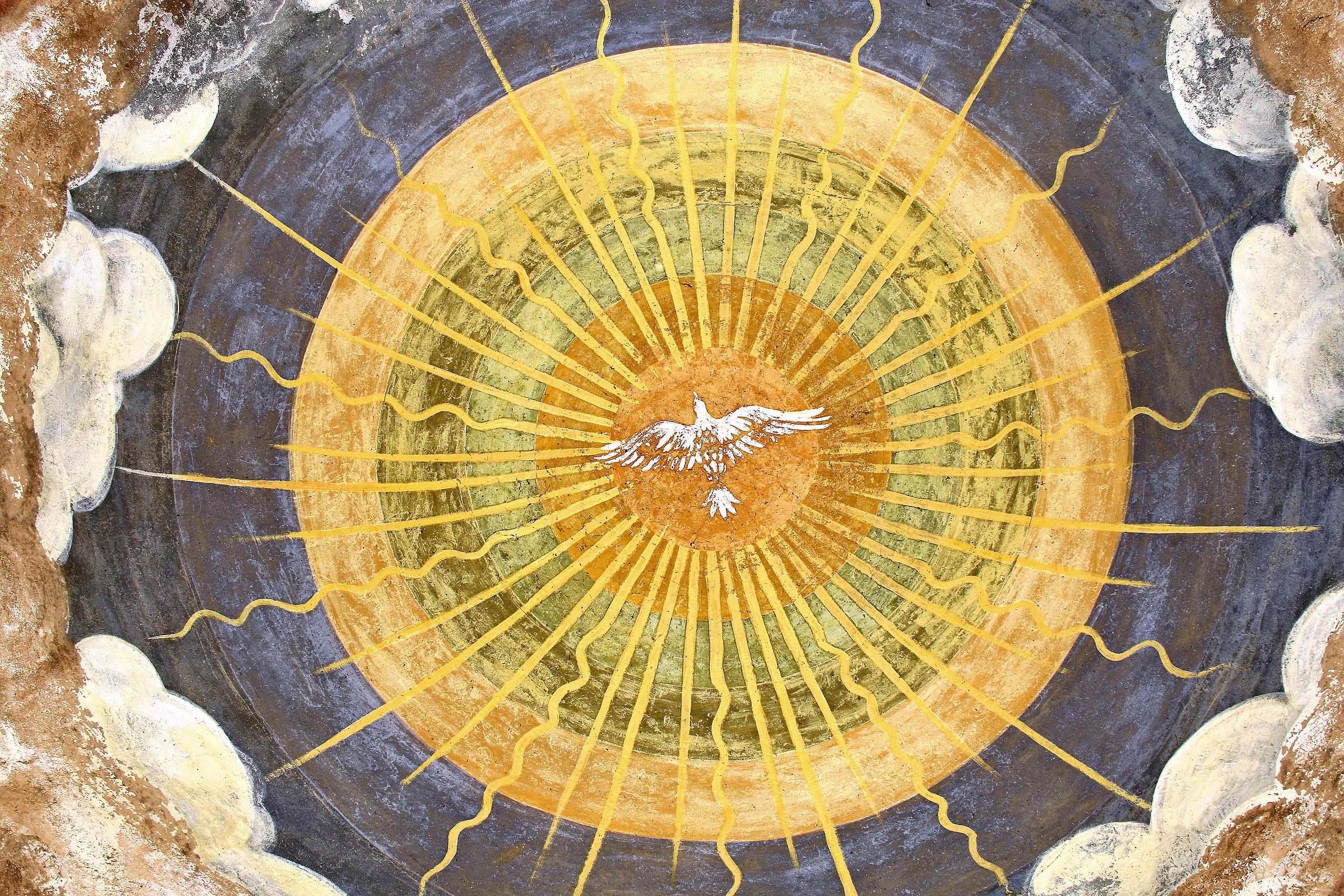
The Shekinah and Divine Immanence
The Shekinah is the image of the Divine Feminine or the Feminine Face of God as it was conceived in this mystical tradition of Judaism, originating perhaps in the Rabbinic Schools of Babylon, and transmitted orally for a thousand years and more until it flowered in the writings of the Jewish kabbalists of medieval Spain and south-western France and later, in sixteenth century Palestine. In the imagery and mythology of the Shekinah, we encounter the most complete description of cosmic soul and the indissoluble relationship between the two primary aspects of the god-head that has been lost or hidden for centuries.
It became increasingly clear to me that the repression of the image of the Great Mother or Great Goddess was the principle reason for the loss of the idea that all nature was ensouled with spirit and therefore sacred. It was the eradication of spirit from the natural world and the fear of animism that ultimately removed from the people living through the millennia of patriarchal religion their age-old sense of participation in a Sacred Order.
Why did I find the image of the Shekinah of Kabbalah so broad in its imaginative and revelatory reach, so significant, so nourishing to my soul? Because it gave me a different image of spirit. Here was an image of the divine that is the actual ground of the phenomenal world, that has brought this world into being and lives within it.
The Shekinah as the Holy Spirit of Wisdom—divinity present and active in the world—supplies the missing imagery of divine immanence which has been lost or obscured in the orthodox traditions of Judaism, Christianity and Islam.
And this tradition brings together heaven and earth, the divine and the human, in a coherent and seamless vision of their essential unity.
Whereas the Old Testament is the written tradition of Judaism, Kabbalah offers the hidden oral tradition, wonderfully named ‘The Voice of the Dove’, as well as ‘The Jewels of the Heavenly Bride’. The Bronze Age imagery of the Great Goddess returns to life in the extraordinary beauty of the descriptions of the Shekinah, and in the gender endings of nouns which describe the feminine dimension of the divine.
But the Divine Feminine is now defined as a limitless connecting web of life, as the unseen soul of the cosmos, the intermediary between the unknowable god-head and life in this dimension.
The Shekinah describes the feminine aspect of the god-head as Mother, Beloved, Sister and Bride—imagery that has been lost or obscured in Judaism, Christianity and Islam and that could, if recovered and honoured, transform our image both of God and Nature, not to mention ourselves.
The Shekinah gives woman what she has lacked throughout the last two thousand years in Western civilization, an image of the Divine Feminine that is reflected at the human level in herself. The Shekinah is Divine Motherhood, named as ‘Mother of All Living’ — the title that was once given to Eve in Genesis.
The Shekinah brings together heaven and earth, the invisible and visible dimensions of reality in a resplendent vision of their essential relationship and union.
Now I could see, even more clearly than when writing The Myth of the Goddess, that the story of the Fall in Genesis was a successful attempt by the priesthood of that time to demythologize the feminine aspect of deity and to banish Asherah, the hated Canaanite goddess, by demoting her into the figure of Eve.
Yet the ancient tradition of the Divine Feminine somehow survived in this mystical tradition of Judaism. Gershom Scholem writes that the introduction of the idea of the feminine element in God “was one of the most important and lasting innovations of Kabbalism. The fact that it obtained recognition in spite of the obvious difficulty of reconciling it with the conception of the absolute unity of God, and that no other element of Kabbalism won such a degree of popular approval, is proof that it responded to a deep-seated religious need.”
The Zohar or The Book of Radiance or Splendour that appeared in Spain in 1290 was the principal text of medieval Kabbalism—the work of many individuals but authored in the name of Moses de Laon.
The mythology of the Shekinah as Divine Wisdom and Holy Spirit offers one of the most incandescent, vivid and powerful images of the immanence of the divine in this dimension. It transmutes all creation, including the apparent insignificance and ordinariness of everyday life, into something to be loved, embraced, honoured and celebrated because it is the epiphany or shining forth of the divine intelligence and love that has brought it into being and dwells hidden within it.
It speaks of the Shekinah as the Voice or Word of God, the Wisdom of God, the Glory of God, the Compassion of God, the Active Presence of God, intermediary between the mystery of the unknowable source or ground and this world of its ultimate manifestation.